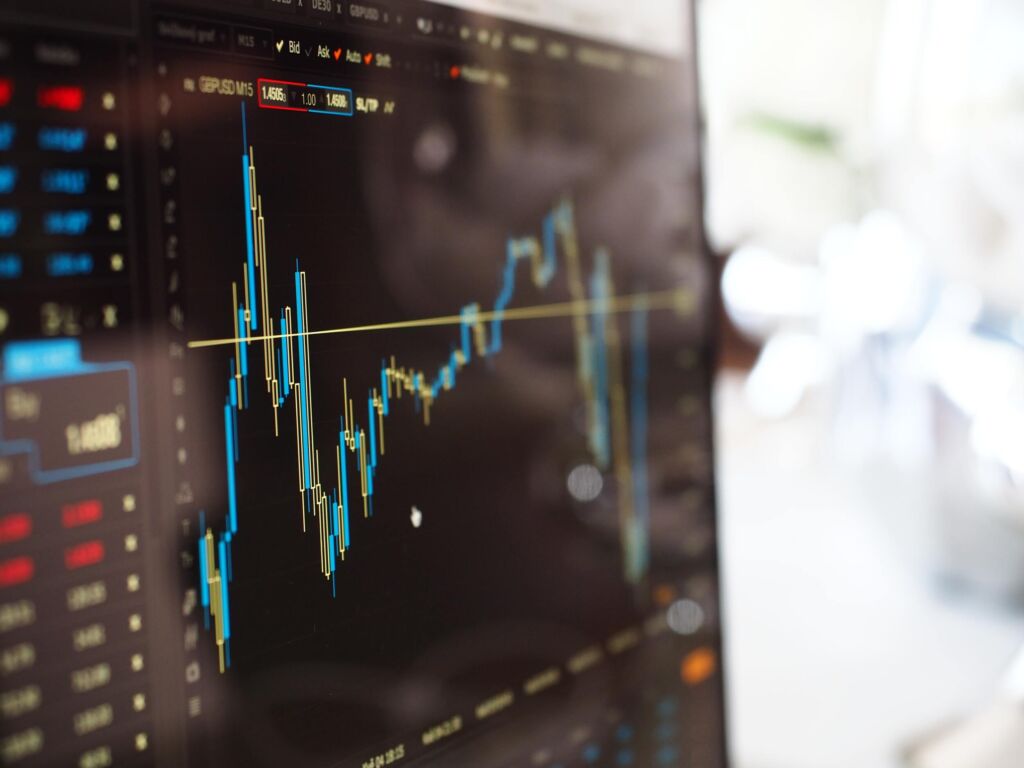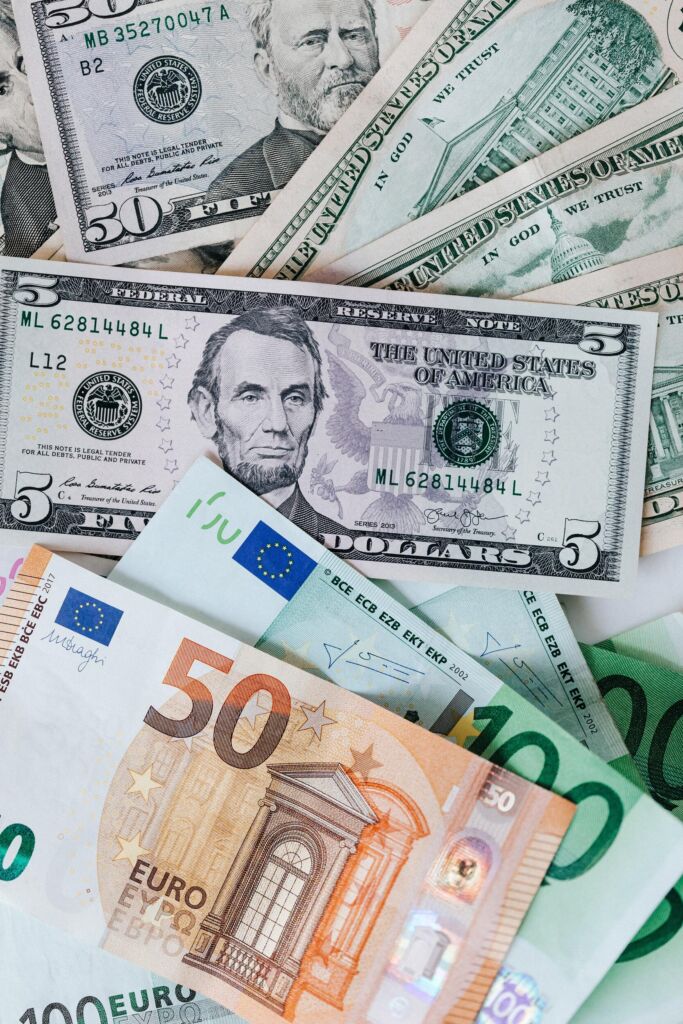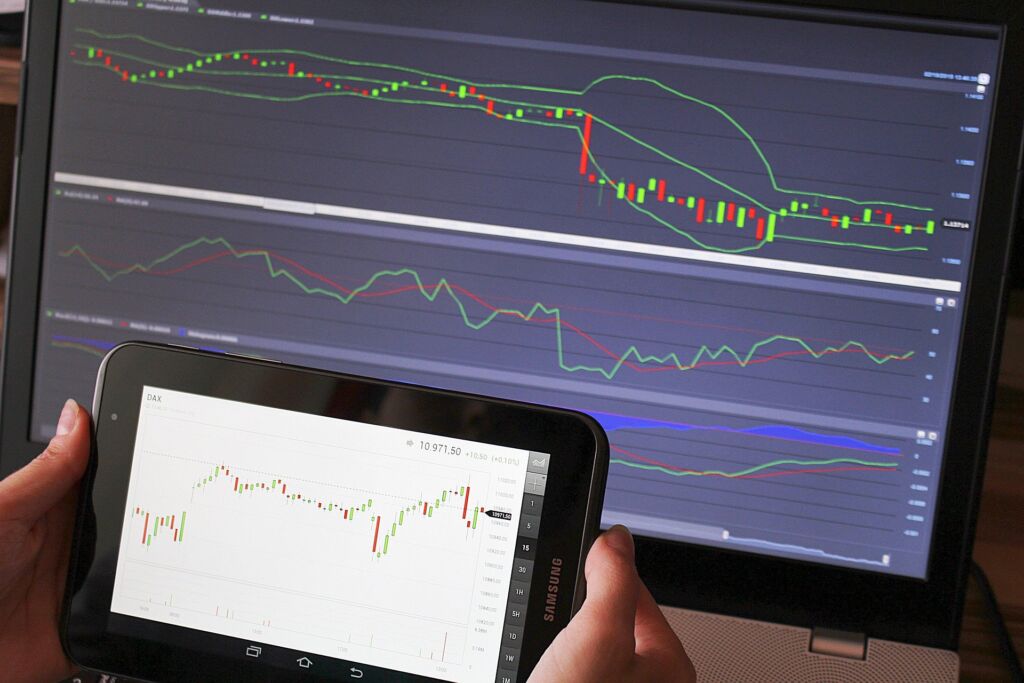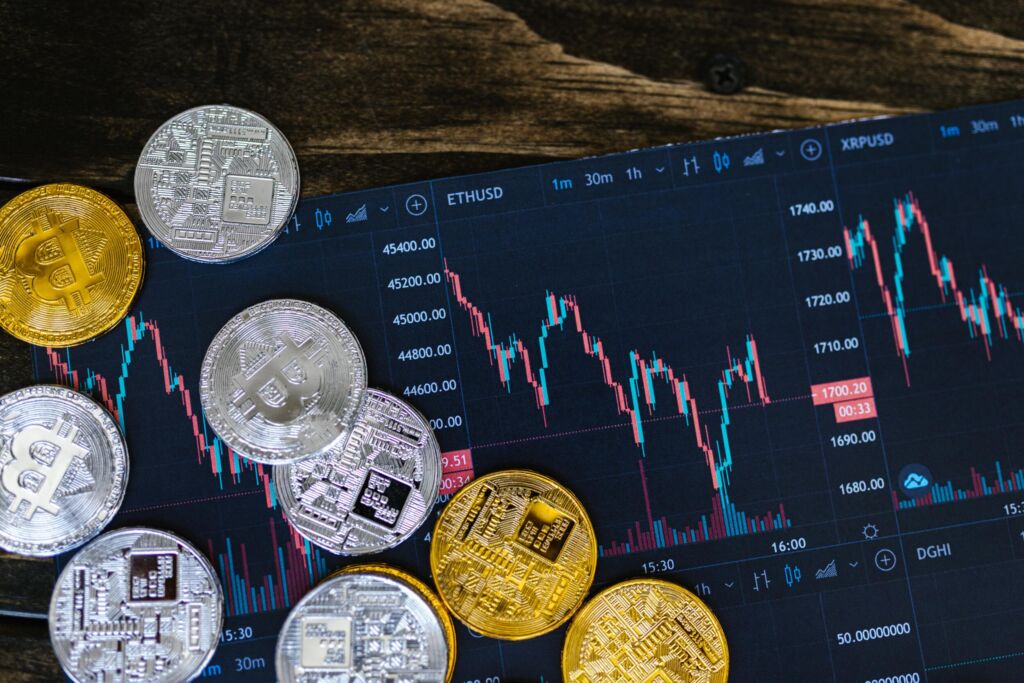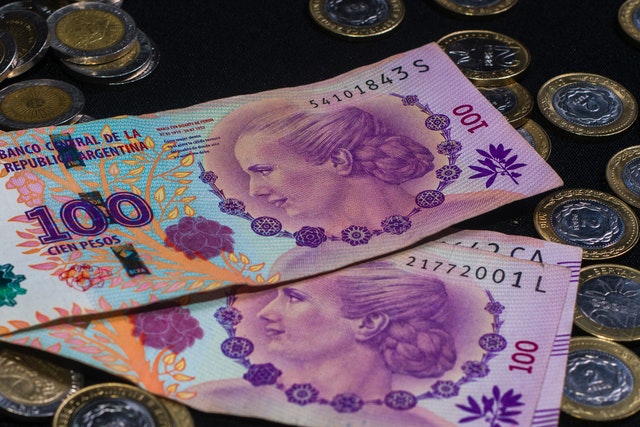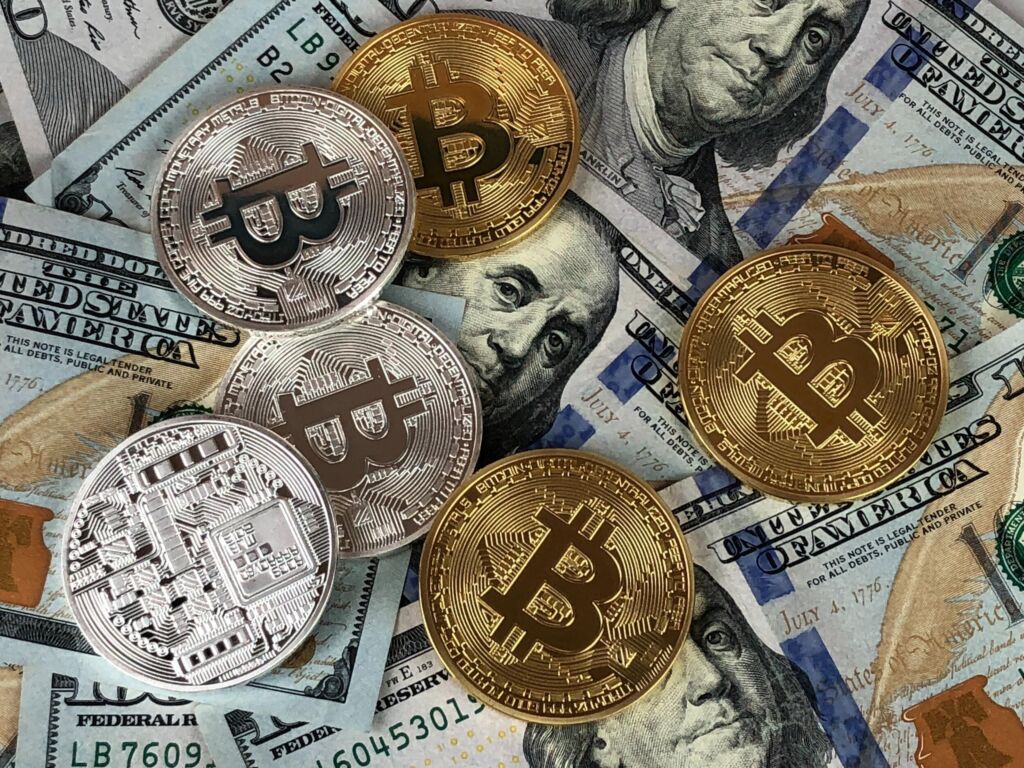A major advantage of forex trading is that the forex market is open 24 hours a day, five days a week. Markets move based on news, so economic data is ...
What Is Forex Intermarket Analysis and How Does It Work in 2025? · What Is the Forex Order Block Trading Strategy? · What is the Global Debt Impact on U.S. Dollar · Gold, Silver, and the Dollar in 2025 · Forex Trading vs. Precious Metals: Pros and Cons Explained · U.S. Dollar’s Decline in 2025: What Are the Main Reasons? · How Green Energy Is Increasing Silver Demand in 2025 · How to Profit from U.S.-China Tensions · How to Invest in Silver? · Physical Gold vs. Gold Stocks: Which is Better for Investors?

